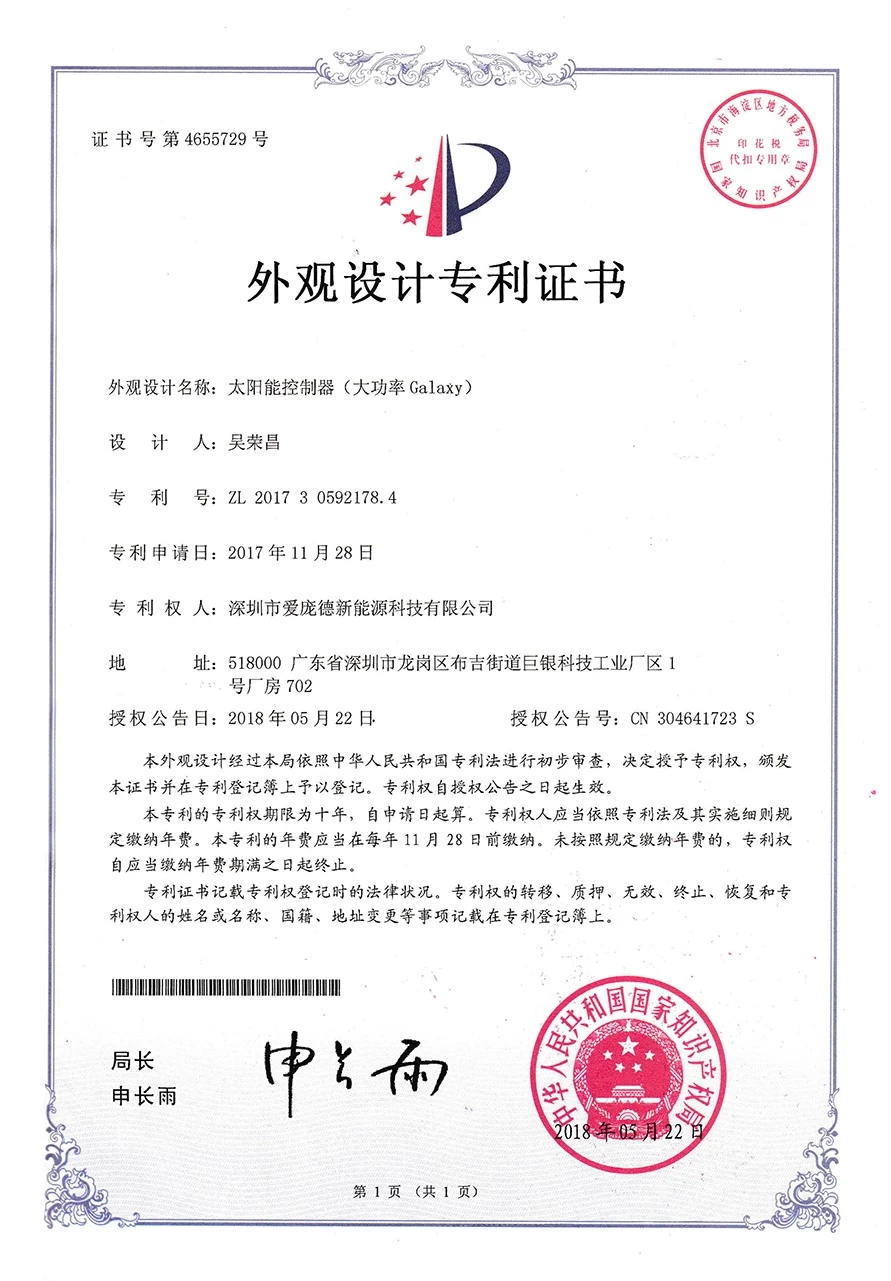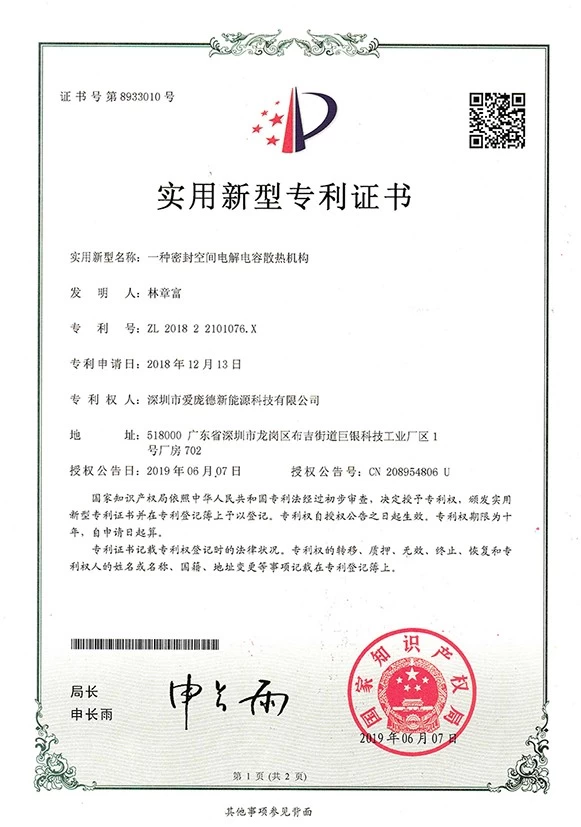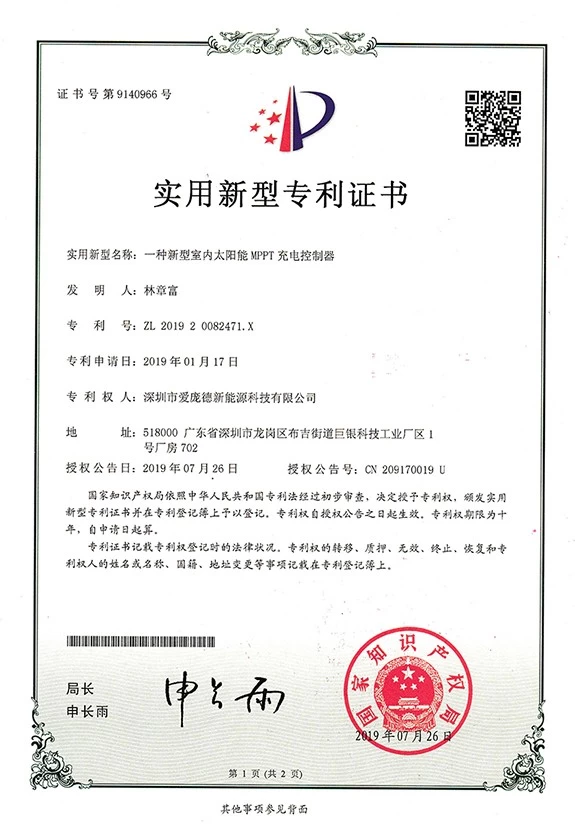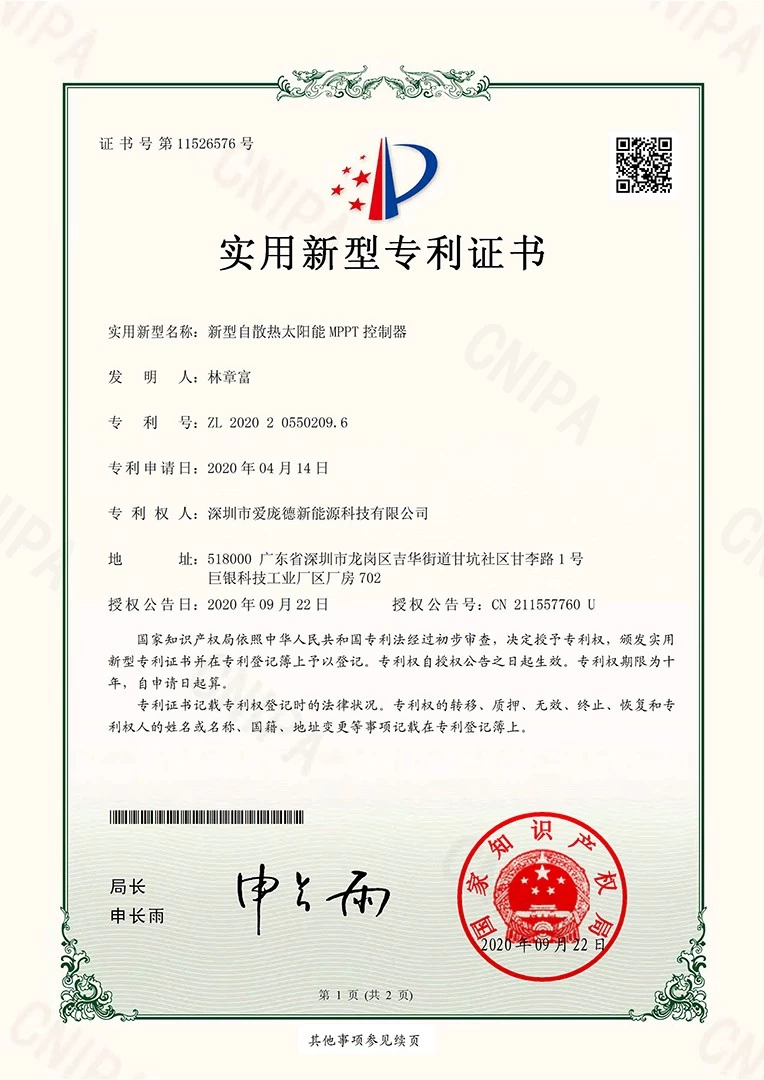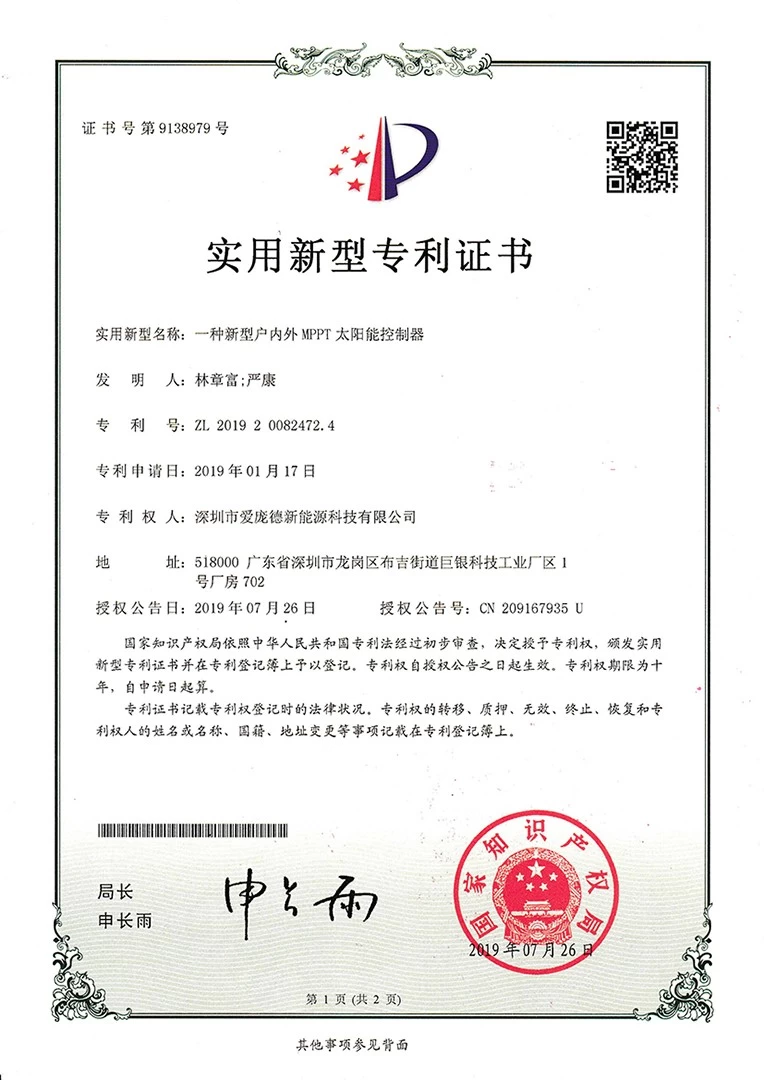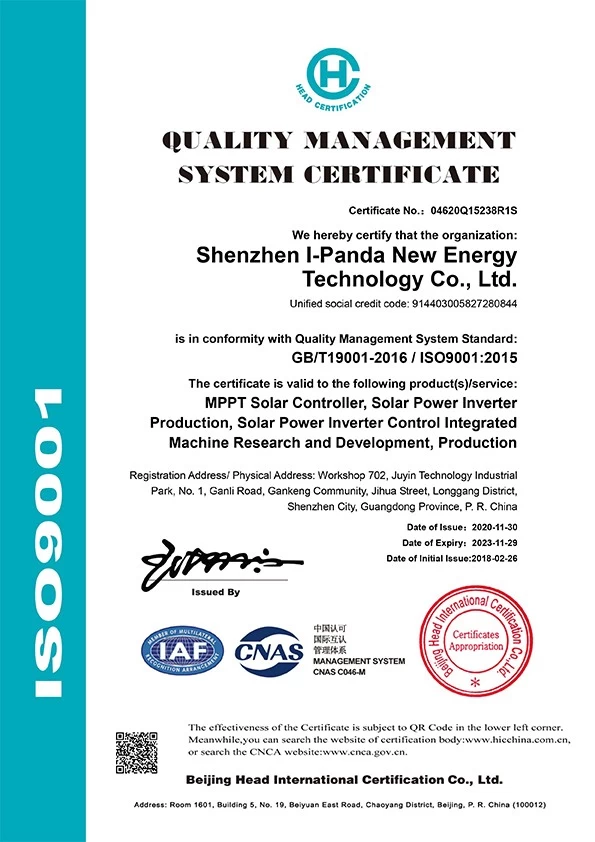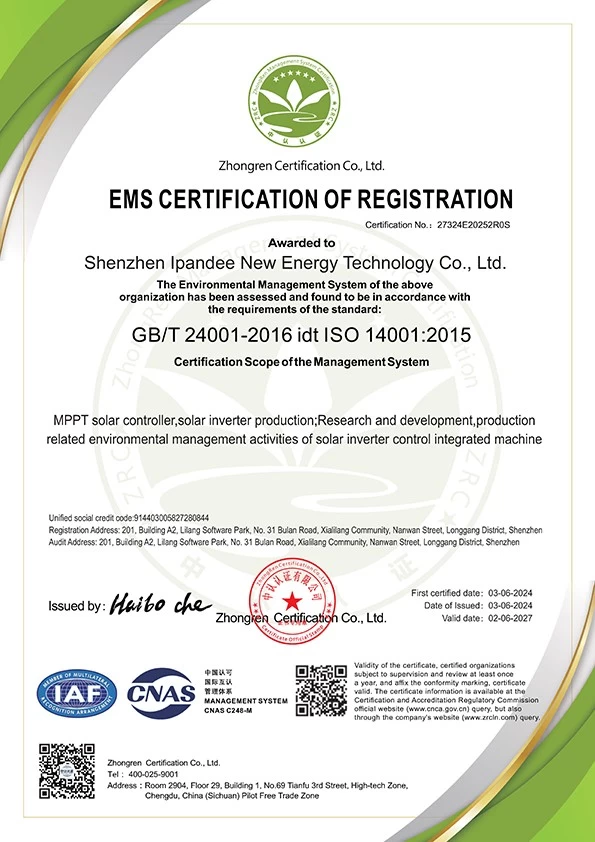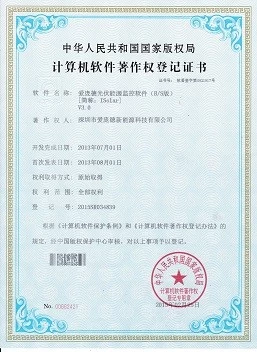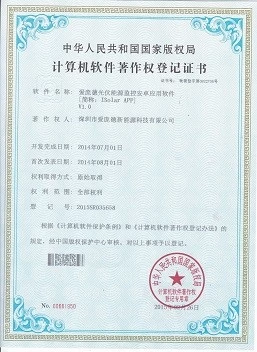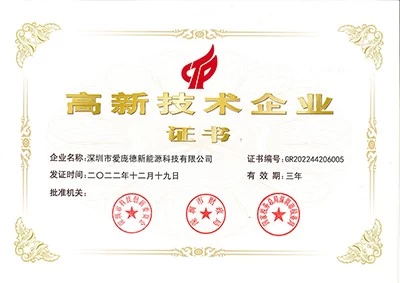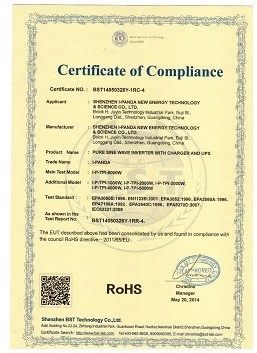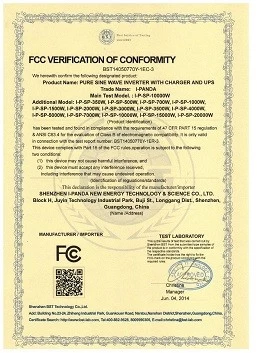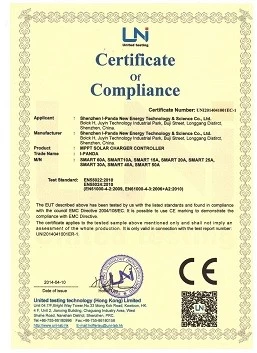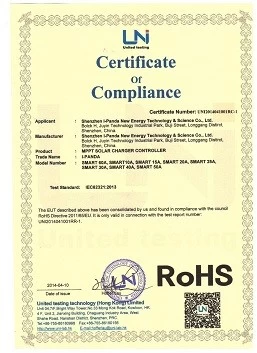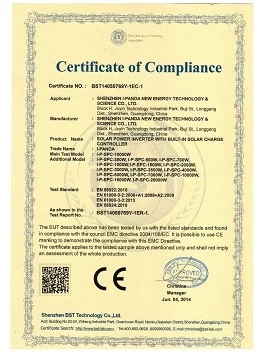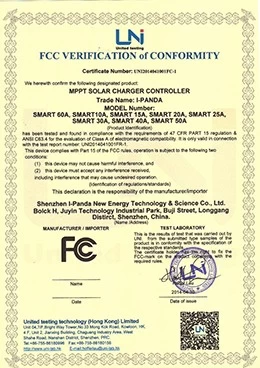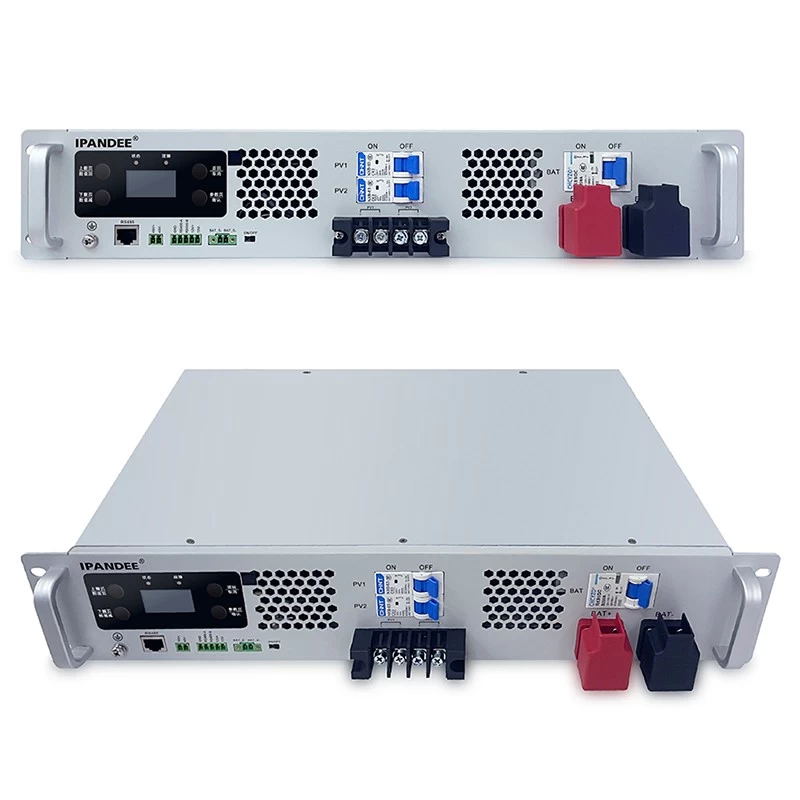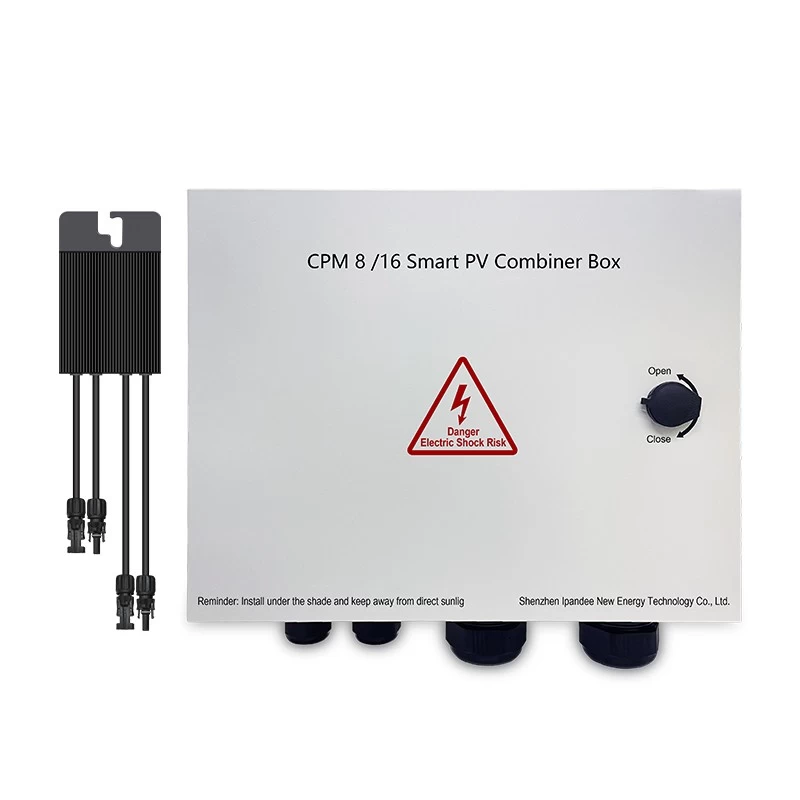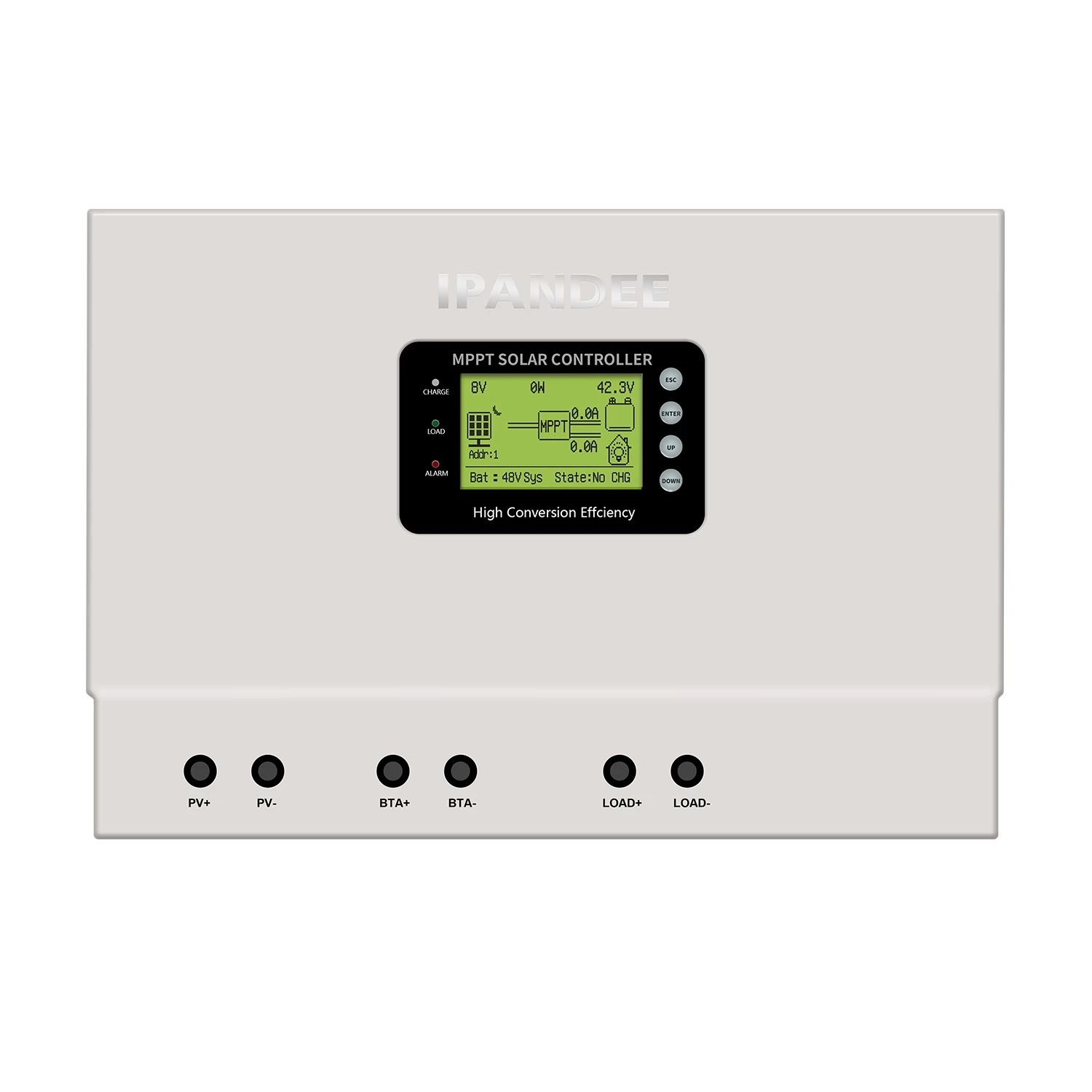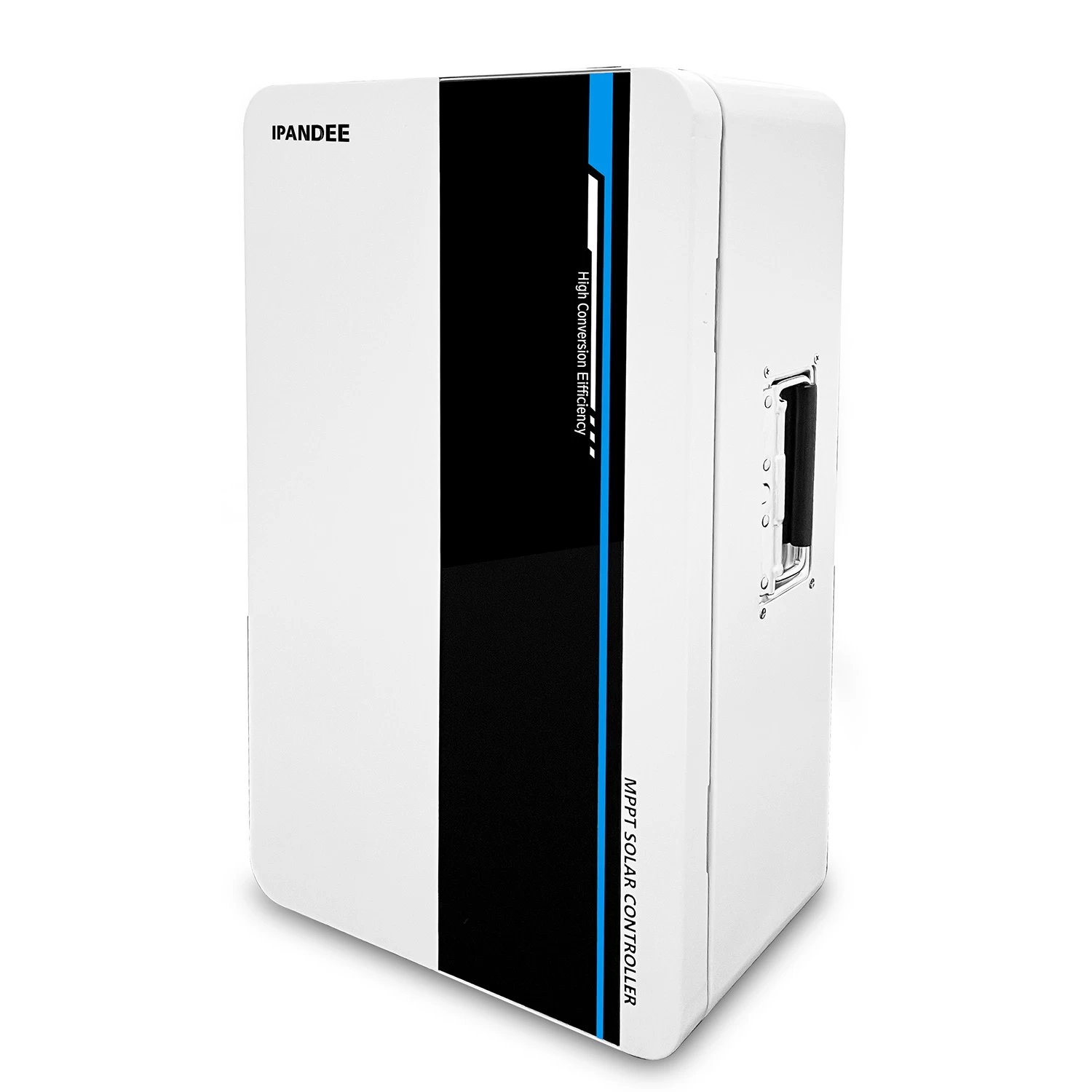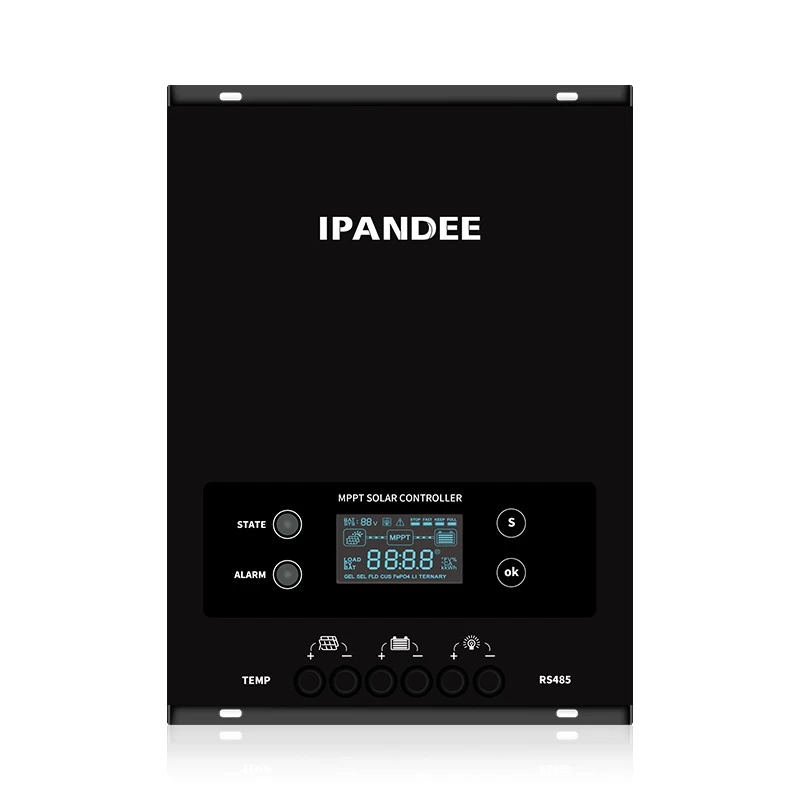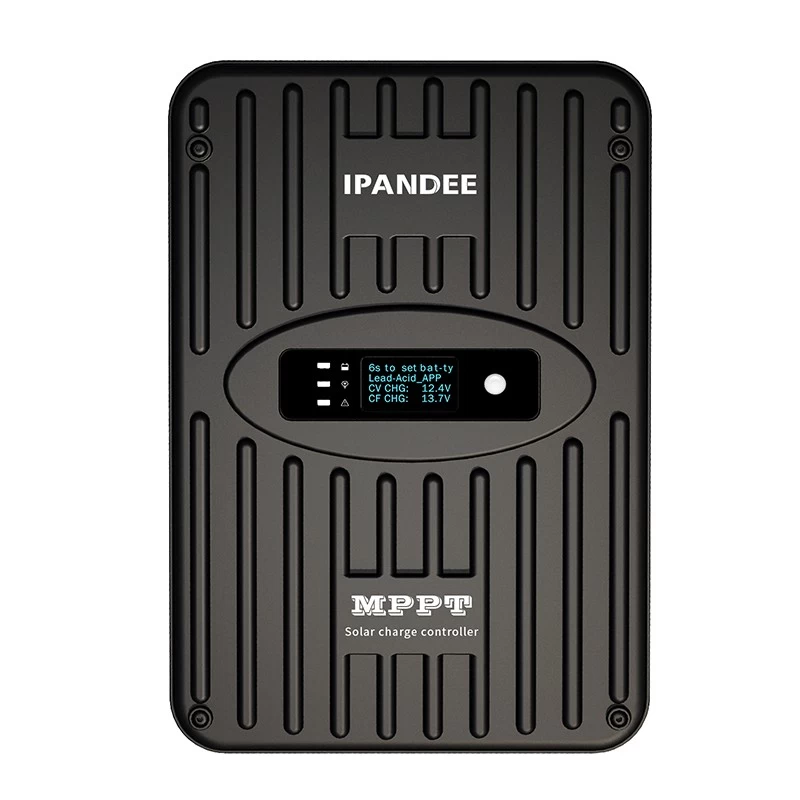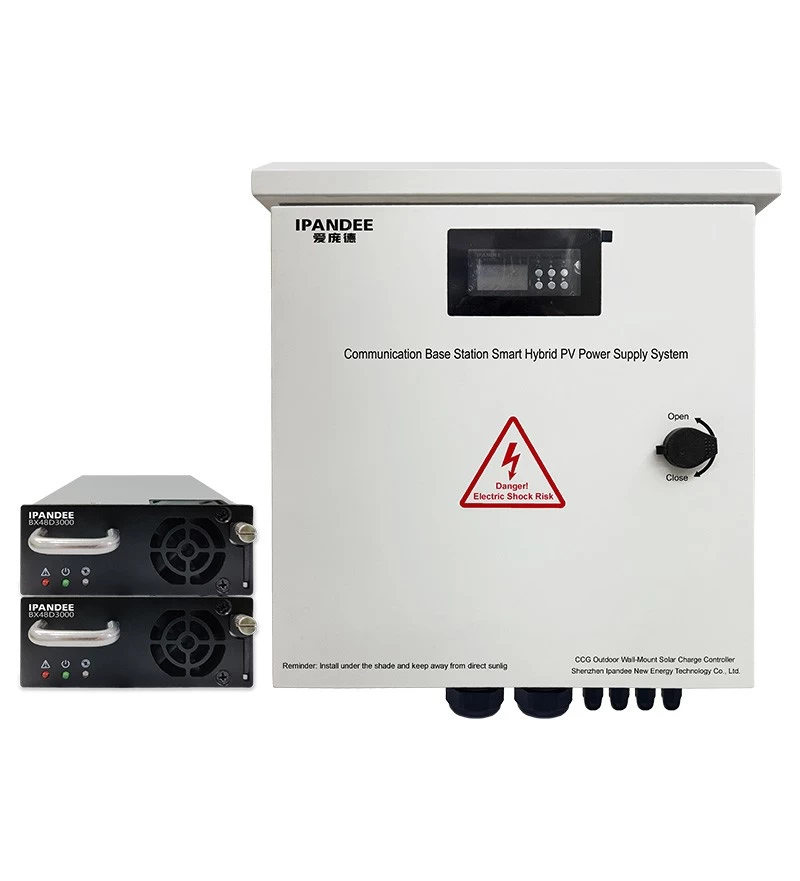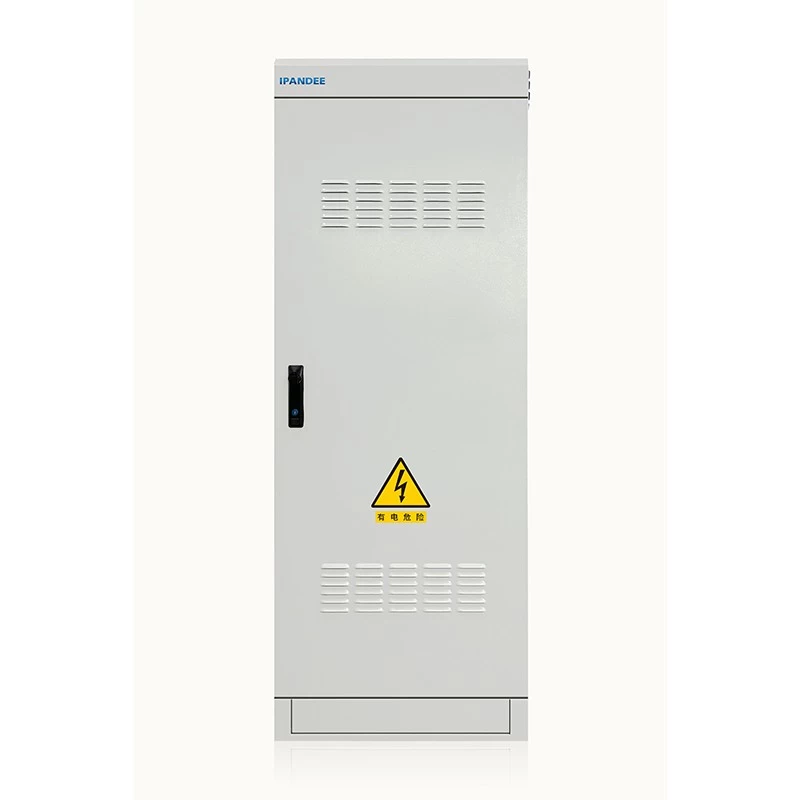The application form of solar photovoltaic power generation at home and abroad
H
I-Panda
2018-12-17 15:58:40
The current application trend of solar photovoltaic power generation is from the relatively simplification of application products to diversification and functionalization, from small-scale power generation systems to large-scale photovoltaic power plants, from independent to grid-connected power generation systems, from simple application to art integration with architecture. Solar power is in the transition period from alternative energy to conventional energy.
With the continuous development and maturity of solar grid-connected photovoltaic power generation technology, more and more enterprises will participate in the application and promotion of photovoltaic grid-connected power generation technology, and the form of photovoltaic grid-connected power generation will gradually enter thousands of households. In the design of solar photovoltaic power generation system, the emission form and installation angle of the photovoltaic array have a great influence on the solar module receiving solar radiation, thereby affecting the power generation of the photovoltaic system. The placement of photovoltaic modules is fixed installation and day-to-day tracking installation, wherein the tracking installation method includes single-axis tracking mode and dual-axis tracking mode. There are two angular parameters associated with the placement of the photovoltaic array: array mounting pitch and array azimuth. The inclination of the photovoltaic array is the angle between the plane of the photovoltaic array and the horizontal ground; the azimuth of the photovoltaic array is the angle between the vertical plane of the square array and the south direction (negative to the east and negative to the west). In general, when the northern hemisphere matrix is facing south (ie, the azimuth is 0°), the PV array generates the largest amount of electricity.
Solar photovoltaic power generation systems can be divided into ground solar photovoltaic power plants, rooftop solar photovoltaic power plants and building integrated solar photovoltaic power plants according to different construction sites.
With the continuous development and maturity of solar grid-connected photovoltaic power generation technology, more and more enterprises will participate in the application and promotion of photovoltaic grid-connected power generation technology, and the form of photovoltaic grid-connected power generation will gradually enter thousands of households. In the design of solar photovoltaic power generation system, the emission form and installation angle of the photovoltaic array have a great influence on the solar module receiving solar radiation, thereby affecting the power generation of the photovoltaic system. The placement of photovoltaic modules is fixed installation and day-to-day tracking installation, wherein the tracking installation method includes single-axis tracking mode and dual-axis tracking mode. There are two angular parameters associated with the placement of the photovoltaic array: array mounting pitch and array azimuth. The inclination of the photovoltaic array is the angle between the plane of the photovoltaic array and the horizontal ground; the azimuth of the photovoltaic array is the angle between the vertical plane of the square array and the south direction (negative to the east and negative to the west). In general, when the northern hemisphere matrix is facing south (ie, the azimuth is 0°), the PV array generates the largest amount of electricity.
Solar photovoltaic power generation systems can be divided into ground solar photovoltaic power plants, rooftop solar photovoltaic power plants and building integrated solar photovoltaic power plants according to different construction sites.





